Bizarre Creatures that Would Look Totally Normal In a Sci-Fi Movie
A source of inspiration for sci-fi creators, bizarre creatures that would look totally normal in a sci-fi movie almost look too strange to actually exist.
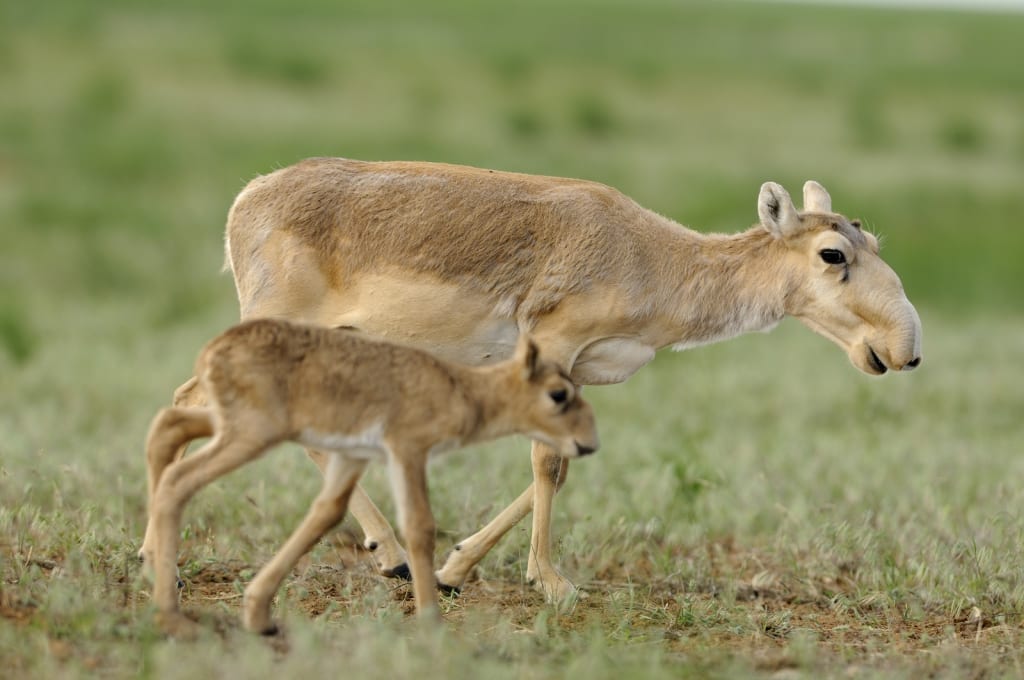
When people think about all the different animals that have been discovered on Earth, it's hard to pin down a standard "earth look" that we should expect of creatures. That being said, we definitely can tell when an animal looks alien to us.
Animals have long been a source of inspiration for science fiction authors looking for a new monster or a new alien being. Some of these real-life animals inspired writers to create new monsters in their series, while others simply look alien enough to be featured in the next Avatar movie.
Though these animals look too strange to actually exist, they are real, breathing creatures. Do they remind you of any sci-fi books you read lately?
The Maned Wolf
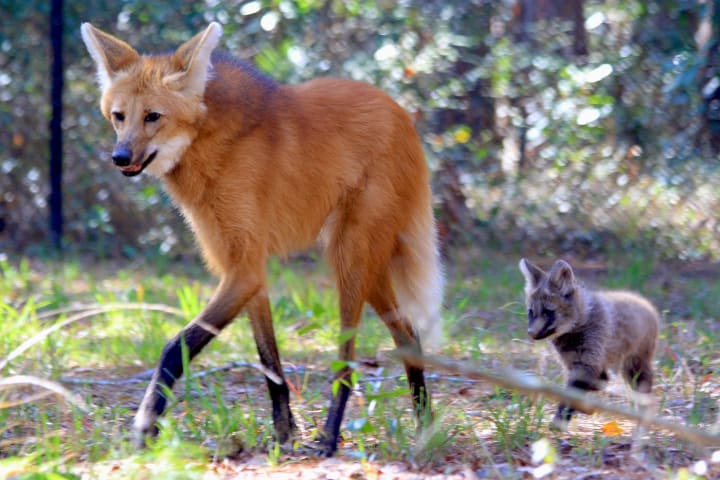
Standing at over 4 feet at the shoulder, Maned Wolves are currently the tallest living canids in the world. In many ways, these fox-like wolves seem normal, but when you notice their stilt-like legs, everything quickly takes a turn for the Dali-esque side of things.
We're not saying that these look totally strange, but we are saying that we could see these on an alien planet. They're a bit unnervingly long-legged. Don't you agree?
The Lowland Streaked Tenrec
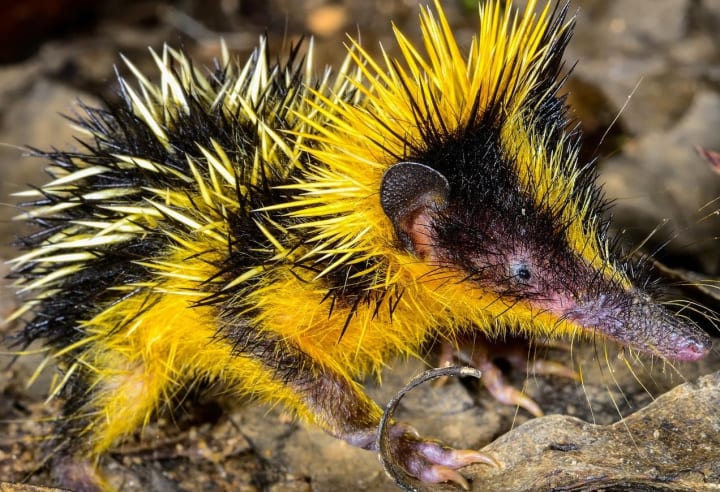
This neon yellow and black creature is a Lowland Streaked Tenrec, a small mammal that's almost exclusively found off the coast of Madagascar. Much like a porcupine, this kind of tenrec has barbs and quills that can detach and cause pain to predators.
Unlike porcupines, streaked tenrecs are known for making a hissing sound similar to what you may hear of a rattlesnake. Oh, and their color markings also make them look quite a bit like a real-life Pikachu.
With their bright colors and painful quills, it's hard not to see them like a real version of a pocket monster. So, these may be as close as we can really get to a real-life Pokemon - especially when it comes to the damage-dealing side of things.
The Peacock Mantis Shrimp

These brightly colored sea creatures are neither praying mantises nor shrimp. They are their own class of sea animal that have earned the nickname of "Thumb Splitters" because of their wickedly powerful attacks. A punch from one of these angry creatures has the speed of a .22 caliber bullet - and actually can break a person's thumb.
Despite them typically growing to an average of 4 inches in length, these nasty creatures are strong enough to break aquarium glass. Though some aquarists will keep them in bullet proof glass, and though they are edible, most fishermen out there don't think it's worth dealing with them because they are so vicious.
All things considered, these psychadelic creatures definitely seem like they'd be more at-home on a planet far, far away. (Ideally, really far away from our thumbs.)
The Gerenuk

Looking at gerenuk antelopes can be a cute experience, but even when they're babies, they seem like they are just a bit too skinny to stand up on their own. With their absurdly large ears, small heads, and strangely shaped eyes, there's something about them that just seems unnatural.
That creepy, eerie vibe is made even worse when you see them stand up on their hind legs. Yeah... they look terrifying in their own unsettling, slightly uncomfortable way.
Scorpion Flies
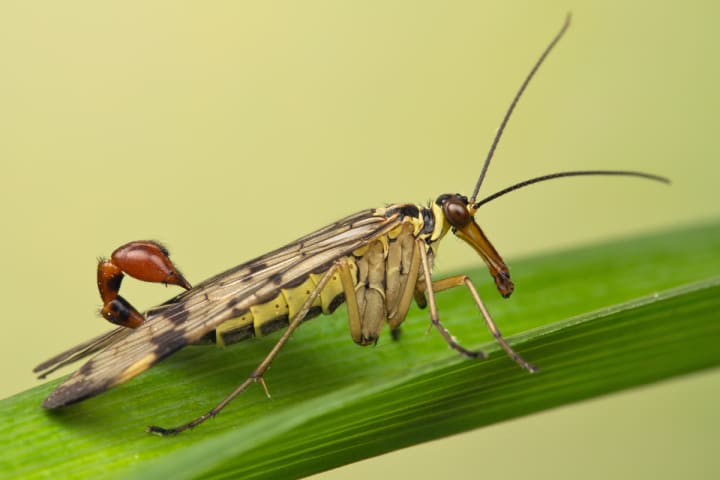
This creature basically is a mix of two very unlikeable creatures in one: it's a fly that has a tail that resembles a scorpion's. Over 600 different species exist throughout the world, and despite them being fairly common across many continents, they still don't have a very "earthy" vibe to them.
Thankfully, these creepy crawlies aren't poisonous. So, they can't sting you, but if they could, it's almost certain that they'd end up starring in a sci-fi horror movie that's absolutely terrifying for those of us afraid of insects.
The Deep Sea Hatchetfish
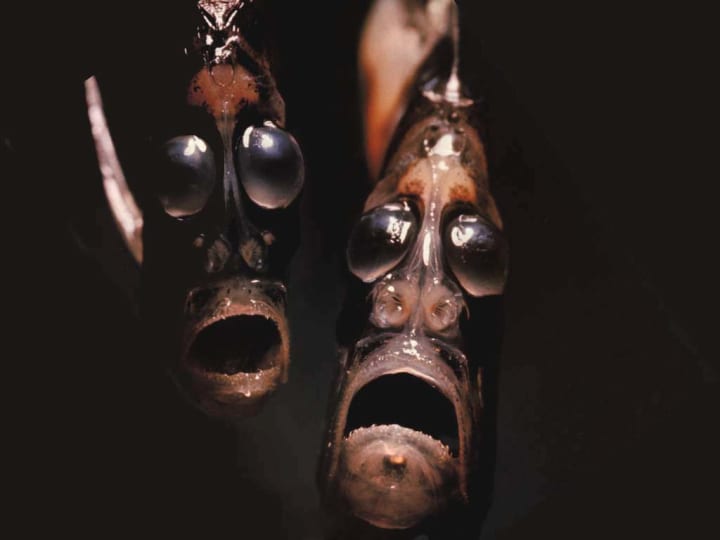
If any deep sea creature could have entered a H.R. Geiger modeling contest and won, it'd be the Deep Sea Hatchetfish. These eerie deep sea denizens have eyes that are specially adapted to see shadows in what would be considered to be total pitch darkness to most other animals out there.
To make them even spookier, they also have the capability to bioluminesce and camouflage themselves against the darkness of the surrounding water while hunting. These unsettling-looking fishies could be believably added in the background of the next Alien sequel as extras. Need we say any more?
The Saiga Antelope
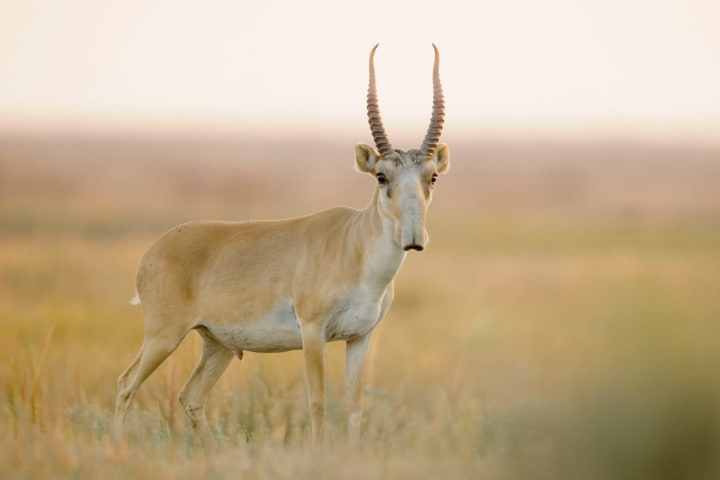
Most of the time, we think of antelopes and just assume that they are going to be graceful, elegant, and beautiful creatures. After all, antelope are typically very pretty, right?
Well, except for Saiga Antelopes. This species fell down the ugly tree a couple of times.
Saiga Antelopes have an extremely distinct face, most commonly characterized by their closely-spaced, downward-facing nostrils that almost look as if they split off into two separate directions. Evolutionarily speaking, this "two nosed" appearance helps them warm up cold air on winter nights and filter out sand during the summer.
Their large eyes and larger eyelashes make it possible to migrate through deserts and spot predators from far away. For all that it's worth, they evolved to be prepared for tough environments.
These creatures have evolved for millennia to gain that weird nose and those bulbous eyes. But, if you were to look at them in a Star Wars movie, you'd probably think that they were invented to be as part of the background creatures on Tattooine.
Sea Pigs
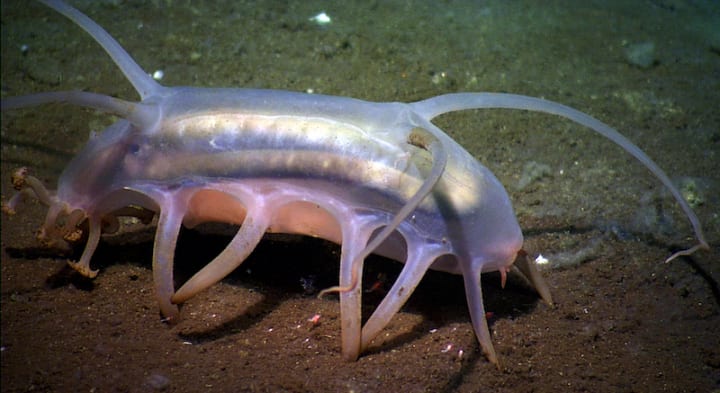
Though they are called "sea pigs," these bloaty little bubbles are actually an offshoot of sea cucumber. They have oval, puffy shaped little bodies that skitter along ocean floors looking for scraps to scavenge.
Between their eyeless appearance and the fact that they have a striking five to seven pairs of "walking legs," these strange little creatures are both alien-looking and oddly cute. Cuter still, they tend to hang out in large groups, so you can be literally come into contact with herds of them.
However, when you find out that they all tend to face the same direction while grazing, it may stop being cute and may start being a bit unsettling.
Koala Lemurs

These bizarre animals went extinct around 500 years ago, but there's rumors that they may still exist in small pockets in Madagascar. Koala Lemurs were 5 feet in height, had skulls that were roughly the size of a gorilla's and were very slow moving.
Unfortunately for the Koala Lemur, their lumbering, slow-moving pace made them very easy to hunt. It's presumed that they have been hunted to extinction.
Their strange faces make them look surprisingly similar to ALF, and as a result, we have to wonder if the two are related. Could a Koala Lemur be the inspiration that TV show creators used when they created the cat-hating alien we all know and love?
Hallucigenia
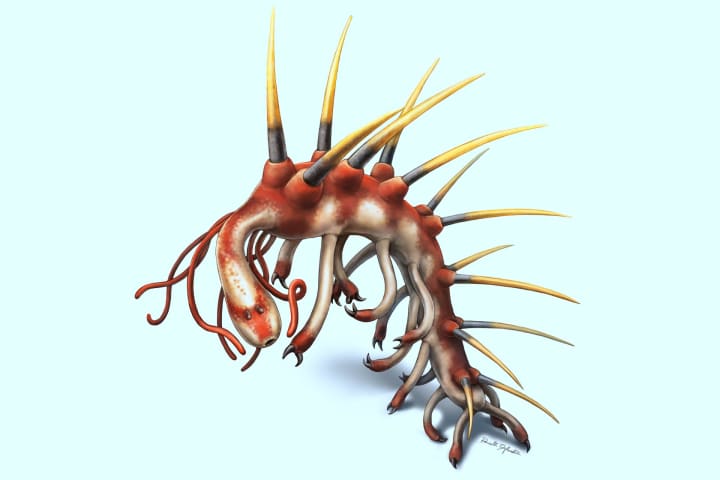
You know a creature has to be weird when it's called something as trippy as Hallucigenia. This bizarre 14-legged, spined sea centipede had clawed feet, triangular scales, and spiked up its back left scientists' heads scratching. In fact, they thought it was fake until they saw fossils of it.
This 500-million-year-old creature is so strange it doesn't look like it ever belonged on Earth. In fact, scientists don't even know how it existed, reproduced, or where its head is. So, if you're baffled by this weird thing, don't fret. You're far from alone in that respect.
Opabinia Regialis

When you think of creatures that deserve a "freak of nature" title, nothing really could possibly come close to the now-extinct Opabinia Regialis. This bizarre 5-eyed sea creature is so bizarre-looking that scientists thought it was a hoax when it was first discovered.
But, no, it was a real creature that had a segmented body, a clawed proboscis jutting out of its face, and a series of strange flaps and gills. Scientists have no idea what it ate, how it reproduced, or what it did. It's just that alien.
The Tully Monster

Ever since scientists discovered the Tully Monster's fossils 58 years ago, they wanted to know what on earth this alien creature did and what other animals it was related to. Really, though, who could blame them? The fossils depicted a sea creature that didn't look like anything they've ever seen.
This bizarre-looking monster had a tubular body, eyes jutting out of stalks found on either side of its center, and teeth situated on the end of a narrow, trunk-like proboscis.
It was only fairly recently that scientists uncovered what the Tully Monster was like in its heyday, and it was done thanks to imaging technology that revealed that it most likely was a vertebrate.
Even with technology's aid, scientists aren't 100% sure on what it was or how it lived. Perhaps it got beamed down here by some aliens that made a mistake?
Caecilians

Known more colloquially as "Penis Snakes" due to their phallic shape, caecilians are blind, limbless amphibians that can be found in many parts of South America. These extremely rare animals can grow up to three feet in length and breathe through their skin.
Unlike most other amphibians you'll see, it's believed that caecilians do not have lungs. However, despite a lack of working lungs, these animals are predators that find their prey through sense of smell alone. Can it get any more alien than that? We don't think so.
About the Creator
Ossiana Tepfenhart
Ossiana Tepfenhart is a writer based out of New Jersey. This is her work account. She loves gifts and tips, so if you like something, tip her!






Comments
There are no comments for this story
Be the first to respond and start the conversation.